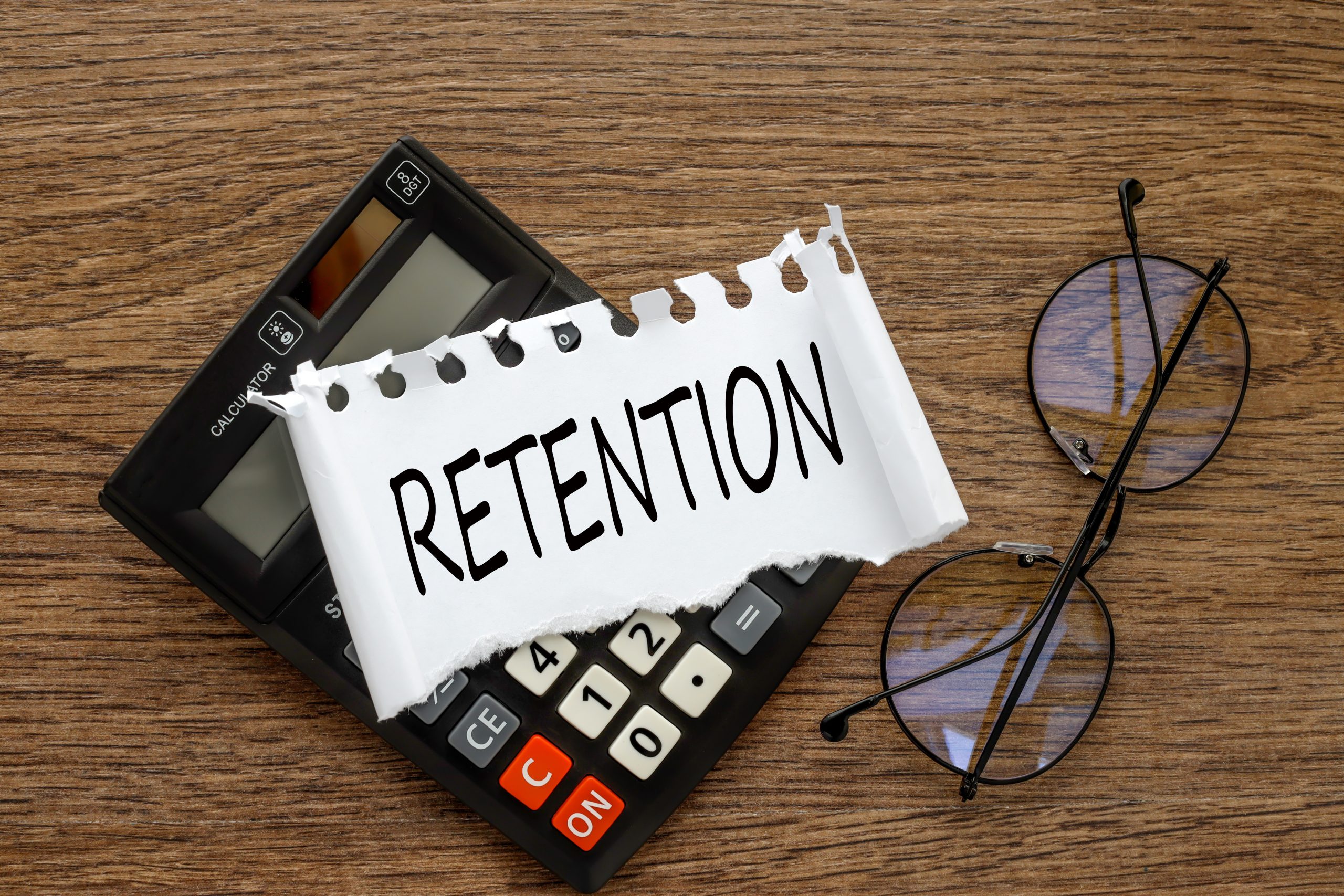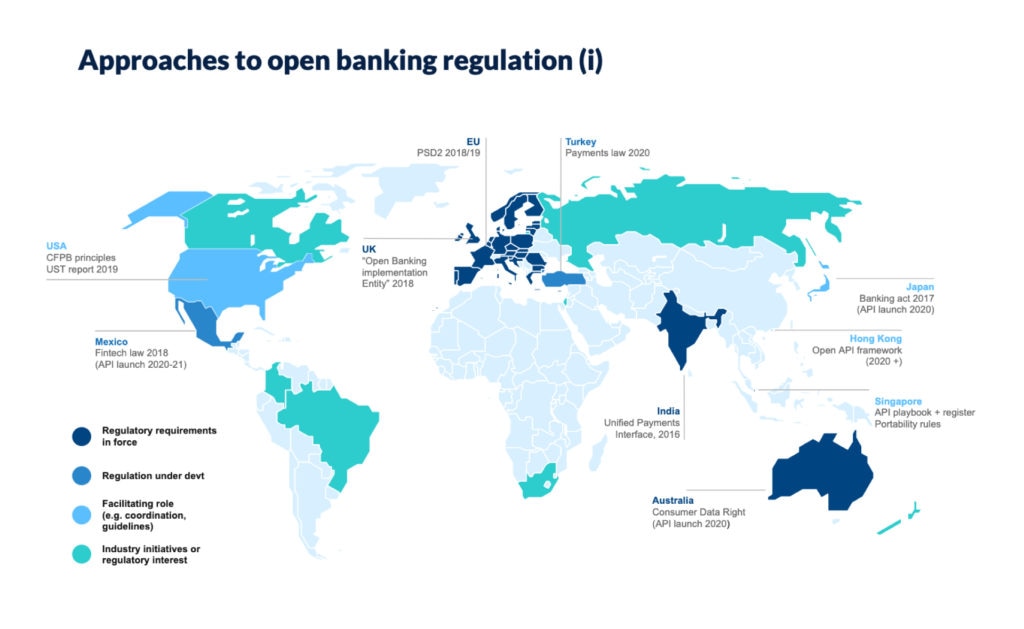
Unlock Major Savings: Tax Incentives for Small Businesses – Maximizing Your Benefits
Running a small business is a marathon, not a sprint. You pour your heart, soul, and often, your life savings into making your vision a reality. While the excitement of growth is exhilarating, the thought of taxes can often feel like a cold shower. However, what if we told you that the tax code isn’t just about what you owe, but also about the incredible opportunities to save?
Welcome to the world of tax incentives for small businesses. These aren’t loopholes or tricks; they are legitimate, government-backed programs designed to encourage specific behaviors – like job creation, investment in equipment, research, and environmental responsibility – by putting money back into your pocket. Understanding and leveraging these incentives can significantly reduce your tax burden, free up capital for growth, and boost your bottom line.
This comprehensive guide will demystify small business tax incentives, breaking down complex concepts into easy-to-understand language. We’ll explore the most common deductions and powerful credits available, and equip you with the knowledge to maximize your benefits.
Why Tax Incentives Are a Game-Changer for Small Businesses
For any small business owner, every dollar counts. Tax incentives can transform your financial landscape by:
- Boosting Profitability: Lowering your taxable income or directly reducing your tax bill means more net profit.
- Freeing Up Cash Flow: Extra cash can be reinvested into your business for expansion, new equipment, marketing, or hiring.
- Encouraging Growth: Many incentives directly reward activities that lead to business growth, like innovation or job creation.
- Leveling the Playing Field: These benefits can help smaller businesses compete more effectively with larger corporations.
- Reducing Financial Stress: Knowing you’re optimizing your tax situation provides peace of mind.
Understanding the Basics: Deductions vs. Credits
Before diving into specific incentives, it’s crucial to understand the fundamental difference between tax deductions and tax credits. This is where many beginners get confused, but it’s simpler than you think:
-
Tax Deductions:
- What they do: Reduce your taxable income.
- How they work: Let’s say your business earned $100,000, and you have $20,000 in deductions. Your taxable income drops to $80,000. You then pay taxes on this lower amount.
- Value: The value of a deduction depends on your tax bracket. If you’re in the 20% tax bracket, a $1,000 deduction saves you $200 (20% of $1,000).
- Think of it as: A discount on the amount of income the government considers taxable.
-
Tax Credits:
- What they do: Directly reduce the amount of tax you owe, dollar-for-dollar.
- How they work: If you owe $5,000 in taxes and qualify for a $1,000 tax credit, your tax bill immediately drops to $4,000.
- Value: A $1,000 credit is always worth $1,000, regardless of your tax bracket.
- Think of it as: A coupon that directly reduces your final bill. Some credits can even be "refundable," meaning if the credit amount is more than what you owe, the IRS sends you a check for the difference!
Key Takeaway: While deductions are great, tax credits are generally more powerful because they reduce your tax bill directly.
Common Tax Deductions for Small Businesses: Everyday Savings
Almost every expense you incur while operating your business can be a deduction, provided it is ordinary and necessary. "Ordinary" means common and accepted in your industry. "Necessary" means helpful and appropriate for your business.
Here are some of the most common and impactful deductions small businesses can claim:
1. Business Operating Expenses
This is a broad category covering the day-to-day costs of running your business. Keep meticulous records for all of these!
- Rent & Utilities: If you have a dedicated office, storefront, or workshop.
- Salaries & Wages: Payments to employees (not including payments to yourself if you’re a sole proprietor or single-member LLC).
- Office Supplies: Pens, paper, toner, software subscriptions, small equipment.
- Professional Services: Fees paid to accountants, lawyers, consultants, web designers, marketing agencies.
- Advertising & Marketing: Website development, social media ads, print ads, promotional materials.
- Insurance Premiums: Business liability, property, professional indemnity insurance. Health insurance premiums for employees can also be deductible.
- Interest Expenses: Interest paid on business loans, credit cards used for business purposes.
- Bank Fees: Fees charged by your business bank account.
- Repairs & Maintenance: Keeping your business property or equipment in good working order.
2. Startup Costs & Organizational Expenses
Starting a business involves initial costs that you can’t immediately deduct. However, the IRS allows you to deduct up to $5,000 of startup costs and $5,000 of organizational costs in the year your business begins. Any excess must be amortized (deducted gradually) over 180 months (15 years).
- Startup Costs: Expenses incurred before your business officially opens, such as market research, advertising, employee training, and travel to secure suppliers.
- Organizational Costs: Expenses related to forming your business entity, like legal fees for incorporating, partnership agreement costs, or state filing fees.
3. Home Office Deduction
If you use a portion of your home exclusively and regularly for business, you may qualify for this deduction. There are two methods:
- Simplified Method: Deduct $5 per square foot of your home used for business, up to a maximum of 300 square feet ($1,500). This is simpler and requires less record-keeping.
- Regular Method: Deduct a percentage of actual home expenses (rent, mortgage interest, utilities, insurance, repairs) based on the percentage of your home used for business. This often yields a larger deduction but requires more detailed records.
4. Vehicle Expenses
If you use your personal vehicle for business purposes, you can deduct the costs. You have two options:
- Standard Mileage Rate: Deduct a set rate per business mile driven (e.g., 67 cents per mile for 2024), plus tolls and parking fees. This is often the easiest method.
- Actual Expenses: Deduct the actual costs of gas, oil, repairs, insurance, depreciation, lease payments, etc., based on the percentage of business use. This requires meticulous record-keeping for all vehicle expenses.
5. Travel, Meals, and Entertainment
- Business Travel: Deduct 100% of ordinary and necessary expenses for business travel away from your tax home (overnight stays). This includes airfare, lodging, and transportation.
- Business Meals: Generally, you can deduct 50% of the cost of business meals if they are not lavish or extravagant and you are present when the food or beverages are provided. Keep clear records of the business purpose.
- Entertainment: As of 2018, entertainment expenses are generally not deductible, with very few exceptions.
6. Depreciation & Section 179
When you purchase a significant asset for your business (e.g., equipment, machinery, furniture, vehicles), you can’t usually deduct the entire cost in one year. Instead, you "depreciate" it over its useful life. However, there are powerful exceptions:
- Section 179 Deduction: This allows businesses to deduct the full purchase price of qualifying equipment and software in the year it’s placed into service, rather than depreciating it over many years. This is a massive cash flow booster for small businesses investing in assets. There are annual limits on the maximum deduction and phase-out thresholds.
- Bonus Depreciation: This allows businesses to deduct a large percentage (often 80% in 2023, stepping down) of the cost of eligible new and used property in the year it’s placed in service. This is especially useful for larger purchases or when you’ve already maximized Section 179.
7. Education and Training
Expenses for education, seminars, and training that maintain or improve skills needed in your current business can be deducted. This includes courses, books, and registration fees.
Powerful Tax Credits for Small Businesses: Dollar-for-Dollar Savings
Tax credits are the "holy grail" of tax savings because they directly reduce your tax liability. Don’t leave these on the table!
1. Research & Development (R&D) Tax Credit
Often perceived as only for large corporations with labs, the R&D credit is increasingly accessible to small businesses across various industries – from software development to manufacturing, food production, and even craft brewing. If you’re developing new products, processes, or improving existing ones, you might qualify.
- Who Qualifies: Businesses that undertake activities intended to create new or improve existing products, processes, techniques, formulas, or inventions. This includes many common activities like prototyping, testing, and even developing new internal software.
- Benefit: Can offset payroll taxes for eligible small businesses, making it even more valuable.
2. Hiring & Employment Tax Credits
These credits encourage businesses to hire individuals from specific groups or maintain employment levels.
- Work Opportunity Tax Credit (WOTC): A federal tax credit available to employers who hire individuals from certain target groups facing significant barriers to employment (e.g., qualified long-term unemployment recipients, veterans, ex-felons, vocational rehabilitation referrals). The credit can be up to $9,600 per eligible new hire.
- Credit for Employer-Provided Paid Family and Medical Leave (FMLA): Employers providing paid family and medical leave to employees may qualify for a credit ranging from 12.5% to 25% of the amount of wages paid.
3. Small Employer Health Care Tax Credit
If you’re a small business (fewer than 25 full-time equivalent employees) that pays at least 50% of your employees’ health insurance premiums, you might qualify for this credit.
- Benefit: Up to 50% of the premiums you pay for your employees (35% for tax-exempt organizations). This credit helps offset the cost of providing health insurance, making it more affordable for small employers.
4. Energy Efficiency & Renewable Energy Credits
These credits incentivize businesses to adopt environmentally friendly practices.
- Investment Tax Credit (ITC): Businesses that install solar, wind, geothermal, or fuel cell property can claim a credit based on the cost of the system.
- Energy Efficient Commercial Buildings Deduction (179D): Allows businesses to deduct the cost of energy-efficient improvements to commercial buildings.
- Alternative Fuel Vehicle Refueling Property Credit: For businesses that install alternative fuel (e.g., electric, ethanol, natural gas) refueling or recharging equipment.
5. Retirement Plan Startup Costs Credit
Encourages small businesses (up to 100 employees) to set up new retirement plans for their employees.
- Benefit: Can claim a credit for 50% of the ordinary and necessary costs of setting up and administering a new qualified retirement plan, up to a maximum of $5,000 per year for the first three years.
Other Significant Tax Benefits
Beyond general deductions and specific credits, a few other provisions can significantly impact your small business taxes.
1. Qualified Business Income (QBI) Deduction (Section 199A)
This is a huge benefit for many pass-through entities (sole proprietorships, partnerships, S corporations, and some LLCs). It allows eligible business owners to deduct up to 20% of their qualified business income (QBI) from their gross income.
- Who Qualifies: Most small businesses operating as pass-through entities. There are income limitations and rules regarding "specified service trades or businesses" (like health, law, accounting, consulting, performing arts, etc.) that can affect eligibility, especially for higher earners.
- Benefit: Can significantly reduce the taxable income for many small business owners.
2. Net Operating Loss (NOL)
If your business incurs a net operating loss (your deductible expenses exceed your income), you may be able to use that loss to offset taxable income in other years.
- Benefit: Can carry forward losses indefinitely to offset up to 80% of future taxable income, helping to reduce your tax burden during profitable years.
Maximizing Your Benefits: Essential Strategies
Knowing about tax incentives is one thing; effectively utilizing them is another. Here’s how to ensure you’re getting every dollar you deserve:
1. Meticulous Record-Keeping is Non-Negotiable
This is the single most important piece of advice. The IRS requires robust documentation for every deduction and credit you claim.
- Categorize Everything: Use accounting software (QuickBooks, Xero, FreshBooks) to categorize income and expenses.
- Digital Receipts: Scan and save all receipts digitally. Cloud storage is ideal.
- Detailed Logs: For vehicle mileage, home office use, business meals, and travel, keep clear, contemporaneous logs.
- Separate Finances: Never mix personal and business finances. Have dedicated business bank accounts and credit cards.
2. Consult a Qualified Tax Professional (CPA or Enrolled Agent)
While this article provides a great starting point, tax laws are complex and constantly changing. A professional can:
- Identify Missed Opportunities: They know the nuances of the tax code and can spot deductions and credits you might overlook.
- Ensure Compliance: Help you navigate complex rules and avoid costly mistakes or audits.
- Strategic Tax Planning: Work with you throughout the year, not just at tax time, to plan for future savings.
- Specific Industry Knowledge: Many professionals specialize in certain industries and understand their unique tax benefits.
3. Stay Informed About Tax Law Changes
Tax laws are dynamic. The IRS, state, and local governments frequently introduce new incentives or modify existing ones. Subscribe to tax newsletters, follow reputable tax blogs, and regularly check IRS publications. Your tax professional will also keep you updated.
4. Proactive Tax Planning Throughout the Year
Don’t wait until April 15th! Regular check-ins on your financial health can reveal opportunities for tax savings.
- Quarterly Reviews: Review your profit and loss statements and balance sheets quarterly.
- Estimated Taxes: Pay estimated taxes accurately to avoid penalties.
- Year-End Planning: Towards the end of the year, discuss with your accountant potential purchases (e.g., Section 179 assets), deferred income, or accelerated expenses that could reduce your taxable income.
5. Understand Your Business Structure
Your legal business structure (sole proprietorship, LLC, S-Corp, C-Corp, partnership) significantly impacts how your business is taxed and which incentives you can claim. Discuss this with your accountant or a business attorney.
Common Mistakes to Avoid
Even with the best intentions, small business owners can make common tax mistakes that cost them money or lead to IRS scrutiny:
- Poor Record-Keeping: The biggest pitfall. No records, no deduction.
- Missing Deadlines: Failure to file or pay on time results in penalties and interest.
- Not Separating Business & Personal Finances: This makes tracking expenses a nightmare and can even pierce the liability protection of an LLC or corporation.
- Ignoring Professional Advice: Trying to "DIY" complex tax situations often leads to missed savings or errors.
- Not Understanding the Rules: Claiming deductions or credits without fully understanding the eligibility criteria can lead to an audit.
- Over-Deducting: Claiming personal expenses as business expenses or exaggerating deductions. The IRS is very good at spotting red flags.
Conclusion: Your Path to Smart Small Business Tax Savings
Tax incentives are not just for big corporations; they are powerful tools designed to support the backbone of our economy – small businesses like yours. By understanding the difference between deductions and credits, meticulously tracking your finances, staying informed, and most importantly, partnering with a knowledgeable tax professional, you can unlock significant savings.
Don’t let the fear of taxes hold your business back. Embrace the opportunities available to you, maximize your benefits, and reinvest those savings into achieving your business goals. Start today by reviewing your expenses, considering potential credits, and scheduling a consultation with a qualified CPA. Your future profitable self will thank you!
Disclaimer: This article provides general information about tax incentives for small businesses and is not intended as tax, legal, or financial advice. Tax laws are complex and subject to change. Always consult with a qualified tax professional (CPA or Enrolled Agent) to discuss your specific business situation and ensure compliance with all applicable tax laws.



Post Comment